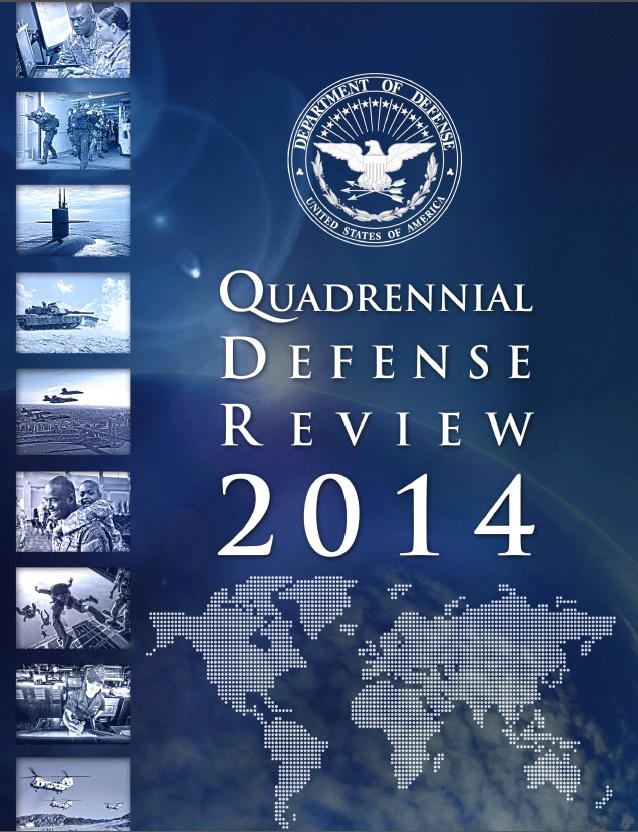“Send up the count.” I remember those words from my Second Class summer training as a midshipman. We were spending a week in Quantico learning about the Marines by pretending to be Marines. I remember our little band of about 15 mids crawling through the tick-infested forests around Quantico, being lead by none other than Captain Oliver North, USMC. We thought this guy was God. He introduced himself to us by repelling out of an H-46, decked out in camo paint and blowing up a bunker full of bad guys. In order to keep track of everyone in the field, Capt North would send back the command, “Send up the count,” and the last guy would start with “one”, each person adding a number in turn, until the last guy would say, “Fifteen.” The problem was the number rarely wound up at fifteen because someone was always getting lost. Old Ollie would roll his eyes, curse under his breath and make us all stay put while he went searching for the wayward mids. Eventually he would round us all up and off we would go, only to have the next count short a number or two and the whole scene would repeat itself Groundhog Day style.
That’s what came to mind as I was reading that the Secretary of the Navy has notified Congress that he’s changing the ship counting rules. As I get it, he’s adding the 10 Patrol Craft deployed in 5th Fleet, reducing the number of Mine Countermeasures ships by 3, adding 1 High Speed Transport ship 2 hospital ships. Here’s a copy of his letter to Congress. So we have new rules……or do we? I can’t seem to find what rules the SECNAV is changing. In fact, when I was the N8, no one could produce the official rules. I frankly don’t think they exist. So I was somewhat amused to hear that the “rules” were changing. Nowhere in his letter does he cite the document he is changing…..he’s just changing. Remember the 600 ship Navy dream of the 80’s? Here’s a link to a CBO study which actually lists the ships in the count.
- 15 Carriers
- 4 Battleships
- 137 Escorts
- 101 Frigates
- 100 Attack Subs
- 75 Amphibious ships
- 31 Mine Warfare Ships
- 69 Replenishment Ships
- 27 Material Support Ships
- 33 Fleet Support Ships
- Classified number of Ballistic Missile Submarines
Total> 600 (Ahh for the good `ole days!)
The rationale used was “Only those ships that contribute to the Navy’s wartime mission through combat or direct combat support” will be counted. That’s clear enough, although when looking at the list I have to wonder how Fleet Tugs contributed to combat support.
So I tried to find out exactly where the Navy number comes from today. The Navy Today website says the Navy has 289 ships as of 12 March 2014. What’s in the count you ask? Well, that’s a hard thing to find out. I finally got to a page which lists the names of all active ships and here’s what I found out (the numbers are probably off by one or two, but close).
- 11 Carriers
- 0 Battleships
- 82 Escorts (CGs and DDGs)
- 20 Frigates (17 FFGs and 3 LCS’)
- 68 Attack Submarines ( includes 4 SSGNs)
- 13 SSBNs
- 34 Amphibious Ships ( includes 2 LCCs)
- 12 Patrol Craft
- 45 Replenishment Ships
- 13 Mine Countermeasures Ships
- 9 Joint High Speed Vessels
- 9 Maritime PrePositioning Ships
- 19 TAKRs (They are Ro/Ro’s that move the Army around)
- 1 LSV
- 2 Hospital Ships
- 30 or so Cats and Dogs
Total= ~ 368 ships
If I take out Cats and Dogs and PC’s, JHSVs, etc I get a number that’s close to the advertised of 289. Does it really matter? Are we talking about how many angels on the head of a pin? I suppose so, but it’s confusing to our supporters on the Hill and gives ammunition to our detractors on the Hill. I think it would be a good thing to publish all the counting rules so that the number is not quite so mysterious.
This drill shows there’s plenty of room to fiddle around with the numbers to make them say just about anything. I am really curious to see the authoritative document that delineates exactly how the Navy counts its ships. I don’t think it’s the 30 year shipbuilding plan and it can’t be found in the POM.
So far, the only thing I’ve seen is SECNAV’s latest letter which adds 10 PCs, 1 HST, 2 Hospital Ships and 8 Mine Countermeasures Ships=21. I’ll spot the carriers, combatants, amphibs, subs, and supply ships for another 269. That brings us up to 289. That’s not counting JHSVs, and Maritime Prepo ships, TAGOS ships, Army Supply Ships, and a host of ships beginning with the letter “T” or “A”
So I am curious about the rules. How about it Navy? Send Up The Count!






